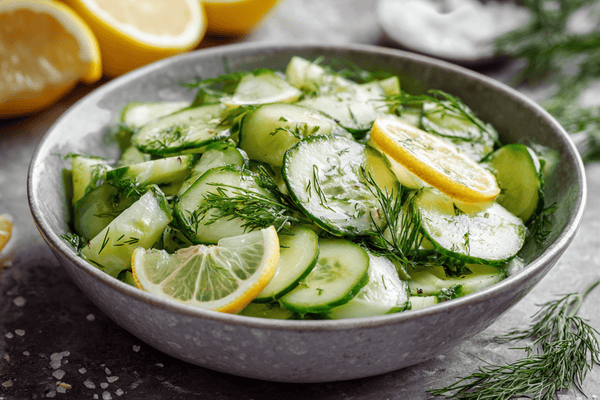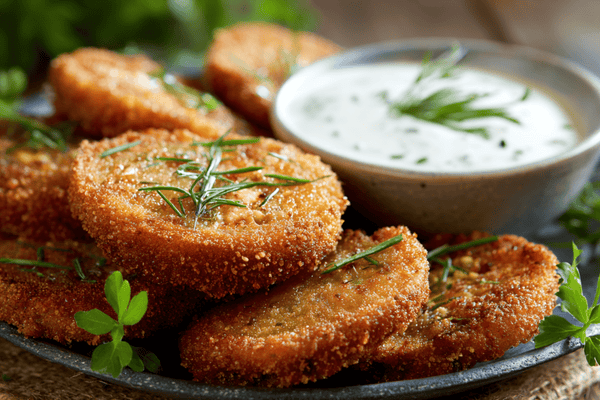 If you’ve recently purchased a shiny new set of knives, you’ll be keen to start using them as soon as possible. However, when you look at your knives, you’ll notice that they come in many different shapes and sizes.
If you’ve recently purchased a shiny new set of knives, you’ll be keen to start using them as soon as possible. However, when you look at your knives, you’ll notice that they come in many different shapes and sizes.Each knife is designed with a different purpose in mind. Some chef's knives have a clear role in the kitchen, such as the bread knife, boning knife, carving knife, or steak knives. Others are more ambiguous yet versatile. So before you get chopping, slicing and dicing, it’s a good idea to familiarise yourself with what each one is intended for and why they are considered essential knives in any good chef's arsenal.
While the paring knife may be the smallest of the bunch, smaller even than the utility knife, that isn’t to say that it doesn’t have a world of uses. In this guide, we’ll be introducing you to this small but mighty sharp knife and showing you exactly what it is capable of. Let’s get started!
What Is a Paring Knife?

Your paring knife is easy to identify in a set since it’ll usually be the smallest. The paring knife is typically no more than eight to ten centimetres in blade length, and it looks similar to a chef’s knife, it is a sharp edge just on a much smaller scale.
While it is small compared to some of the other knives in your kitchen, this compact design means that it is a lot easier to handle. This makes it ideal for more intricate or delicate tasks where a more bulky or cumbersome blade may hinder your progress.
What Can I Use My Paring Knife For?
Despite its small size, the paring knife is one of the most versatile blades in the kitchen and it can be used for so many different things.
Mincing and Slicing
A lot of people will use their chef’s knife for mincing and while this is possible, it can be a little more challenging when you’re working with smaller food items such as garlic. But with a much smaller blade, your paring knife is the perfect tool for the job. What’s great is that, because the paring knife blade is so similar in design to the chef’s knife, you won’t need to learn any new techniques to be able to do this.
Peeling

One of the most common uses of the paring knife is peeling. It’s perfect for this as its small size gives you much greater control. Imagine trying to peel a carrot or a potato using a santoku knife! It would just be too difficult and you might end up at A&E! That said, you’ll normally peel the food while holding it in your free hand so you may need to practice your technique. Unless you’re peeling fruits and veggies with thick skins, in which case, it can be easier and safer to place them on a cutting board.
It’s important to make sure that your paring knife is nice and sharp for peeling as this will make it easier to remove all of the skin in one go. Another great reason to keep that paring blade sharp is that a dull blade may cut away portions of the flesh and that’s not what you want.
Trimming
Trimming is one of those kitchen jobs that requires a little more attention to detail and that just cannot be achieved when using a much larger blade. So, it’s the paring knife to the rescue once again! Think about things like taking the ribs from peppers or hulling strawberries, your paring knife is just the right size.
These compact blades are also perfect when it comes to jobs like deveining prawns as you can get in there without causing much damage to the food itself. As with other jobs, you’ll need to make sure that you are using the correct technique but the good news is that for most trimming tasks, you’ll simply need to remove the top of the food (for example, a tomato or strawberry) and then use your knife to remove anything from the inside that you don’t want.

Segmenting
When you are cutting citrus fruits such as oranges, the pith doesn’t make for the best presentation. But that’s where the sharp blade of your paring knife comes in handy. These small blades are ideal for segmenting and removing both pith and peel. Once you have done this, you can then neatly remove the individual segments, improving the presentation of your meal.
There is something of a knack to this that requires you to remove the ends of the fruit so that they are completely flat. After this, you will need to make downward cuts which will allow you to remove the peel and pith. The tip of the blade then comes in handy to separate the segments; once you’ve got the hang of it, it’s really simple.
Scoring
Many foods may need to be scored including meats, bread and pies. This involves making lots of slices onto the surface so it’s pretty delicate work. You’d score bread in order to make it rise more evenly and when working with pies, these thin lines will allow steam to escape. If you’re scoring meats, then this will ensure greater flavour but using a big knife can be difficult, not to mention dangerous. So for something like this, forego your boning knife for meat, and put down your serrated blade with bread, and use a good paring knife.
But using a paring knife makes this process much simpler. And since it can be used across all types of foods for scoring, you’ll only ever need one knife for the job!
Final Thoughts

Paring knives may be small but they can be used for a whole host of things. This is certainly one of the most versatile knives in your kitchen and can be used for everything from peeling to segmenting, mincing to slicing.
If you are considering buying a new set of knives, we would highly recommend finding one that includes a paring knife, although you’ll find that because this knife is so versatile, this is almost always the case! The paring knife is certainly one of those essential chef's knives in the kitchen.


